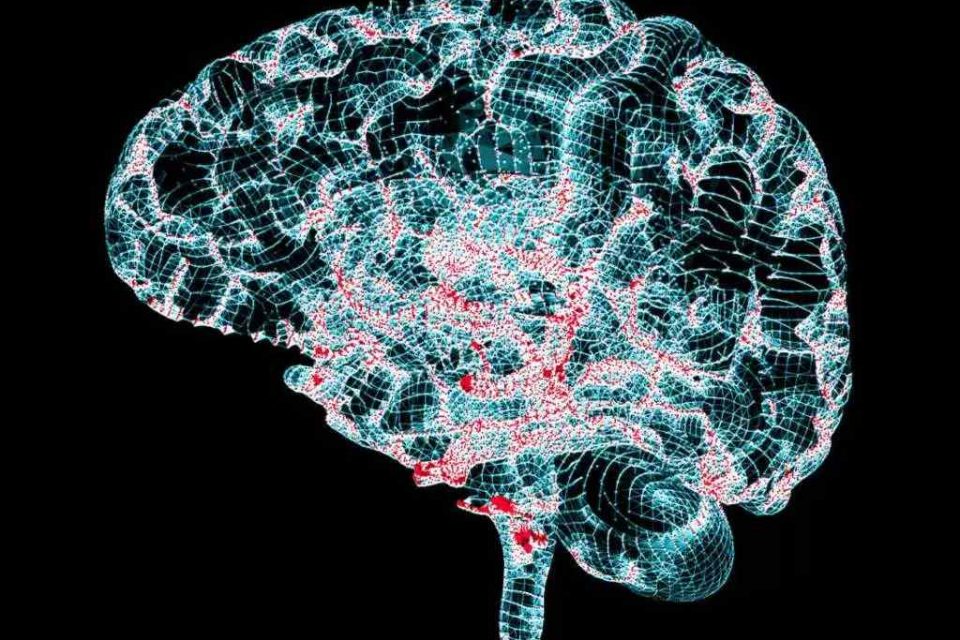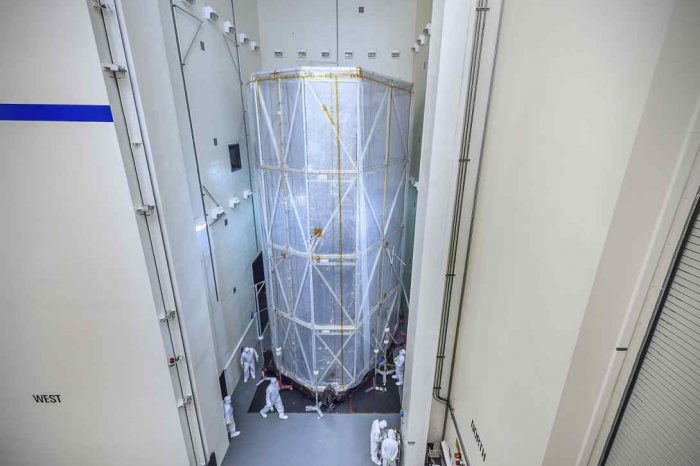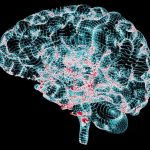Researchers will soon be able to edit your brain activity and memories with holographic device

Would you like to remove painful memories and delete them from your mind for good? Or, what if you could edit the sensations you feel and paste on your brain pictures that you never saw, cut out unwanted pain or insert non-existent scents into your memory? That is exactly what neuroscientists at the University of California Berkeley did on mice. Scientists can now target specific neurons in your brain tissue and edit it with holography. They are building the device to do just that, using holographic projection into the brain to activate or suppress dozens and ultimately thousands of neurons at once, hundreds of times each second, copying real patterns of brain activity to fool the brain into thinking it has felt, seen or sensed something. It looks like what you see in the Arnold Schwarzenegger movie, “Total Recall.”
Their objective is to be able to constantly read neural activity and decide, based on the activity, which sets of neurons to activate to simulate the pattern and rhythm of an actual brain response, so as to reabikiplace lost sensations after peripheral nerve damage, for example, or control a prosthetic limb.
According to Alan Mardinly, a postdoctoral fellow in the UC Berkeley lab of Hillel Adesnik (an assistant professor of molecular and cell biolog), and one of three authors on the team’s paper:
“This has great potential for neural prostheses, since it has the precision needed for the brain to interpret the pattern of activation. If you can read and write the language of the brain, you can speak to it in its own language and it can interpret the message much better. “This is one of the first steps in a long road to develop a technology that could be a virtual brain implant with additional senses or enhanced senses.”
The paper first appeared online April 30 in advance of publication in the journal Nature Neuroscience. The team still a long way to go. While they have successfully activated and deactivated neurons in groups of 50 within mice brains, that’s so simple compared to human brains which is much more complex.
“The ability to talk to the brain has the incredible potential to help compensate for neurological damage caused by degenerative diseases or injury,” said Ehud Isacoff, a UC Berkeley professor of molecular and cell biology and director of the Helen Wills Neuroscience Institute, who was not involved in the research project. “By encoding perceptions into the human cortex, you could allow the blind to see or the paralyzed to feel touch.”
The researchers have already tested the prototype in the touch, vision and motor areas of the brains of mice as they walk on a treadmill with their heads immobilized. While they have not noted any behavior changes in the mice when their brain is stimulated, Mardinly said that their brain activity — which is measured in real-time with two-photon imaging of calcium levels in the neurons — shows patterns similar to a response to a sensory stimulus. They’re now training mice so they can detect behavior changes after stimulation.
“The major advance is the ability to control neurons precisely in space and time,” said postdoc Nicolas Pégard, another first author who works both in Adesnik’s lab and the lab of co-author Laura Waller, an associate professor of electrical engineering and computer sciences. “In other words, to shoot the very specific sets of neurons you want to activate and do it at the characteristic scale and the speed at which they normally work.”
The researchers have already tested the prototype in the touch, vision and motor areas of the brains of mice as they walk on a treadmill with their heads immobilized. While they have not noted any behavior changes in the mice when their brain is stimulated, Mardinly said that their brain activity — which is measured in real-time with two-photon imaging of calcium levels in the neurons — shows patterns similar to a response to a sensory stimulus. They’re now training mice so they can detect behavior changes after stimulation. In the end, this discovery could be use erase PTSD, or facilitate treatment of pain without drugs.
The video shows neuron activity in three layers of a small chunk of the somatosensory cortex of a mouse’s brain. Activated neurons fluoresce green. Those neurons that are activated by holographic laser light are indicated by a purple arrow. Projected via a microscope through a window into the brain, the holographic system can activate neurons to simulate real brain activity and insert false sensations. (UC Berkeley video by Stephen McNally and Roxanne Makasdjian using Alan Mardinly footage)




